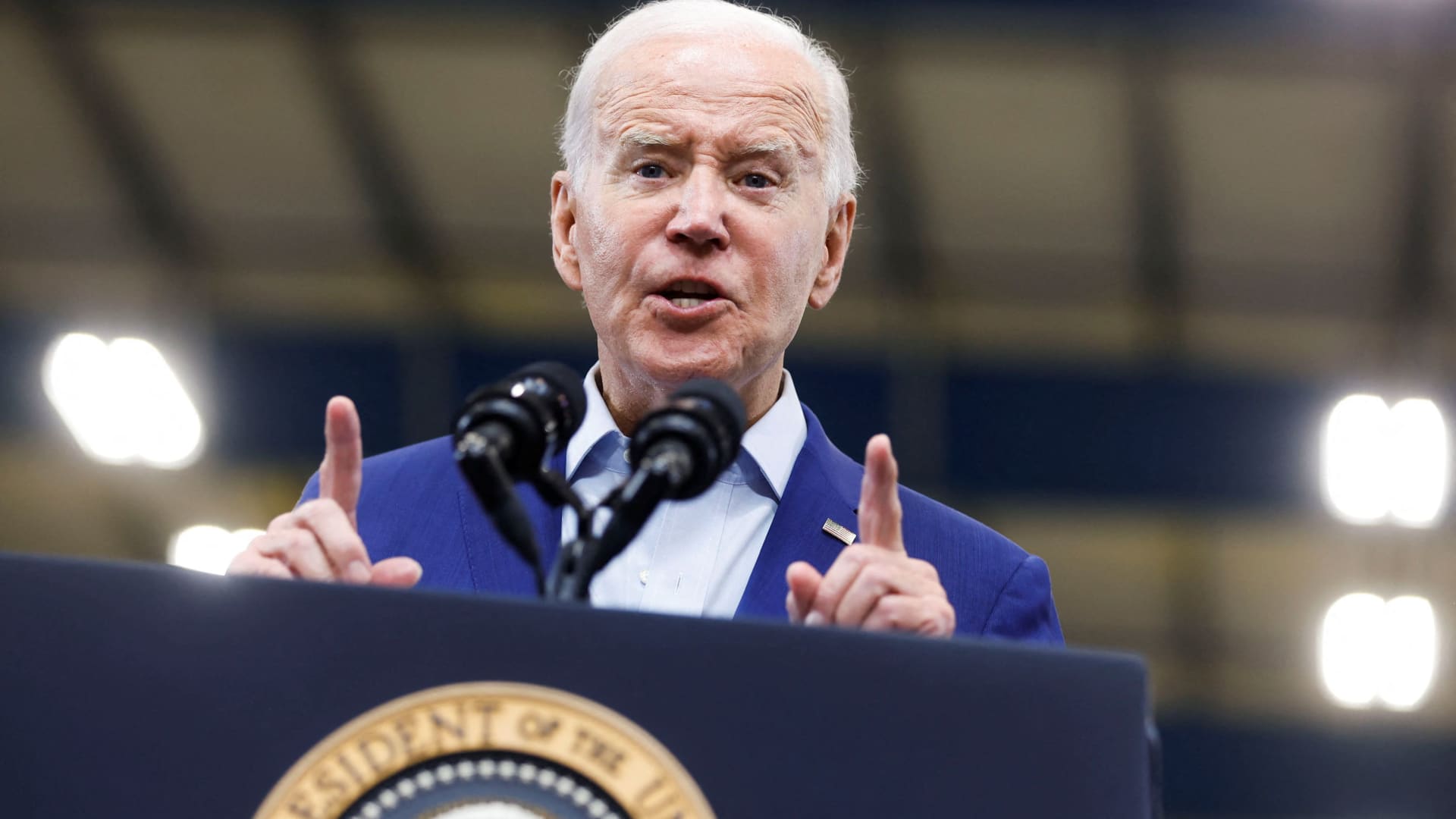Energy
Thursday, May 2nd, 2024 4:15 pm EDT
Key Points
- U.S. crude oil prices experienced a slight rebound on Thursday after a recent decline to a seven-week low, driven by a surge in petroleum inventories amid softening demand.
- Key energy prices include West Texas Intermediate (WTI) for the June contract at $79.40 a barrel, Brent for the July contract at $83.96 a barrel, RBOB Gasoline for June at $2.59 a gallon, and Natural Gas for the June contract at $1.96 per thousand cubic feet.
- The recent drop in oil prices, over 3% on Wednesday, followed a notable increase in U.S. commercial crude inventories to 461 million barrels, the highest level since June 2023. Economic concerns, including the Federal Reserve’s decision to maintain interest rates and a stronger dollar, are likely to impact oil prices and demand.
On Thursday, U.S. crude oil prices experienced a slight rebound following a recent dip to a seven-week low caused by a notable increase in petroleum inventories reflecting weakening demand. West Texas Intermediate (WTI) for the June contract stood at $79.40 a barrel, marking a rise of 39 cents or 0.49%. Year to date, U.S. crude oil has seen a 10.8% increase. Similarly, Brent crude for the July contract reached $83.96 a barrel, up 52 cents or 0.62%, with the global benchmark witnessing a 9% rise year to date. RBOB Gasoline for June stood at $2.59 a gallon, marking a 0.57% increase, with gasoline up 23% year to date. Natural gas for the June contract settled at $1.96 per thousand cubic feet, reflecting a 1.40% increase, while experiencing a 22% decrease year to date. The recent decline in oil prices, by over 3% on Wednesday, followed a surge in U.S. commercial crude inventories, which reached 461 million barrels, the highest level since June 2023. Despite the approaching summer driving season, the rate of crude processing by refiners and the average demand for gasoline are lower compared to the year-ago period. Analysts attribute this economic downturn to the Federal Reserve’s decision to maintain interest rates steady, citing a “lack of further progress” in controlling inflation. Additionally, a stronger dollar, resulting from the Fed’s prolonged interest rate stance, may escalate oil prices for consumers, potentially dampening demand. Given this outlook, it is anticipated that OPEC+ will not reverse its production cuts at the next meeting on June 1, as economic uncertainties persist.
For the full original article on CNBC, please click here: https://www.cnbc.com/2024/05/02/crude-oil-prices-today.html




